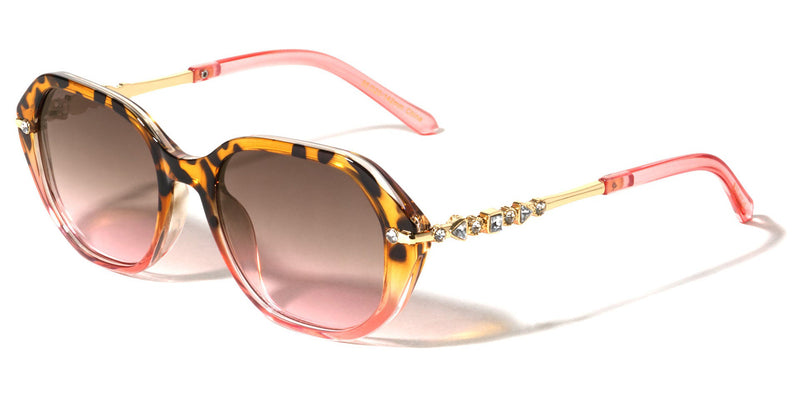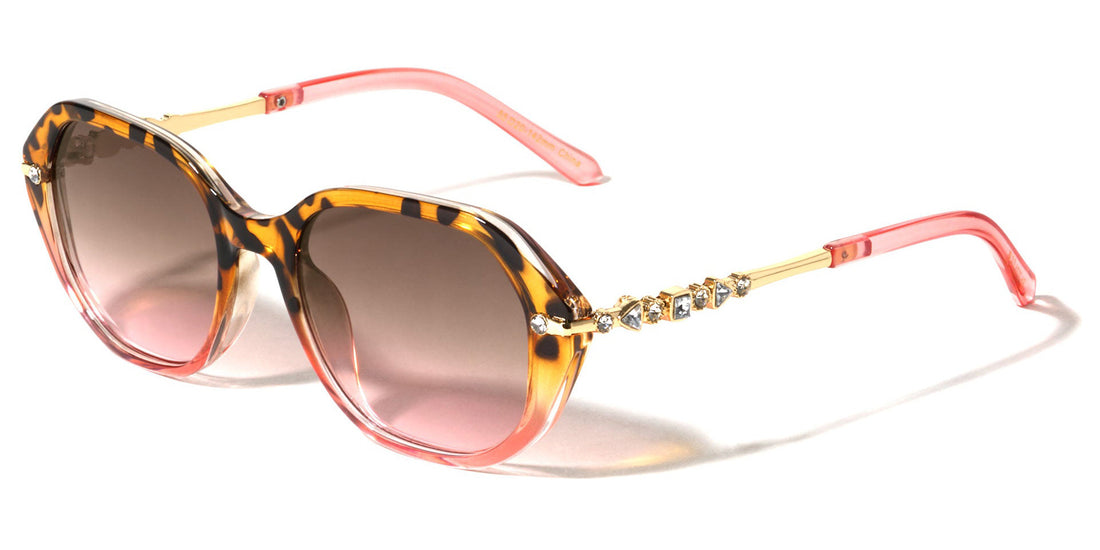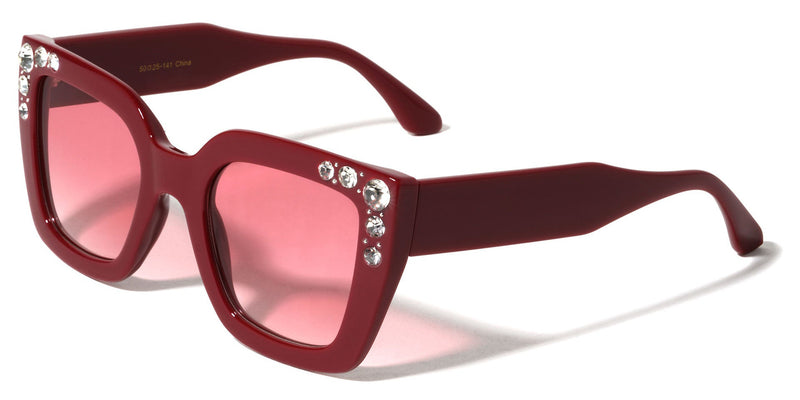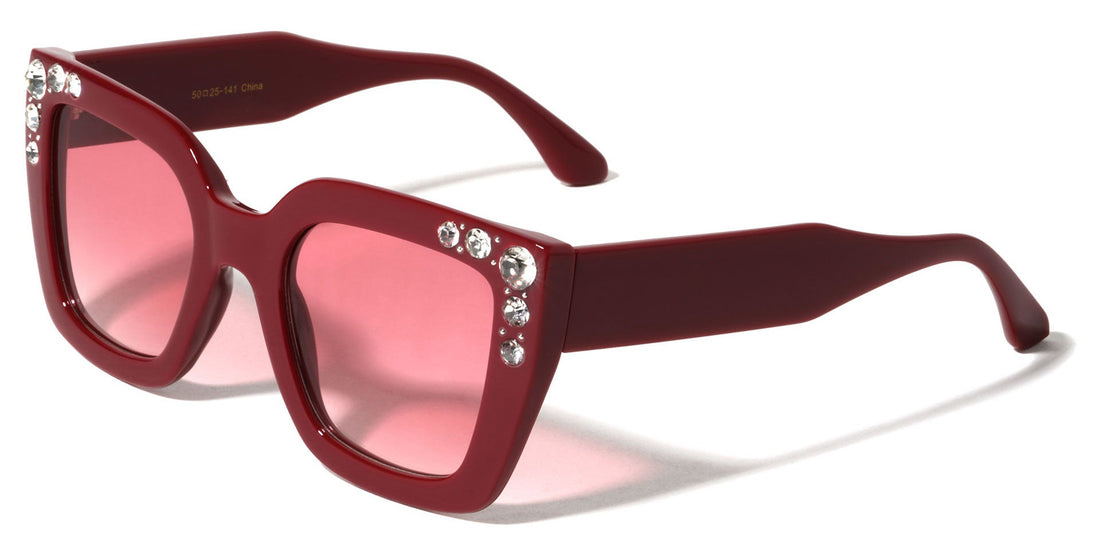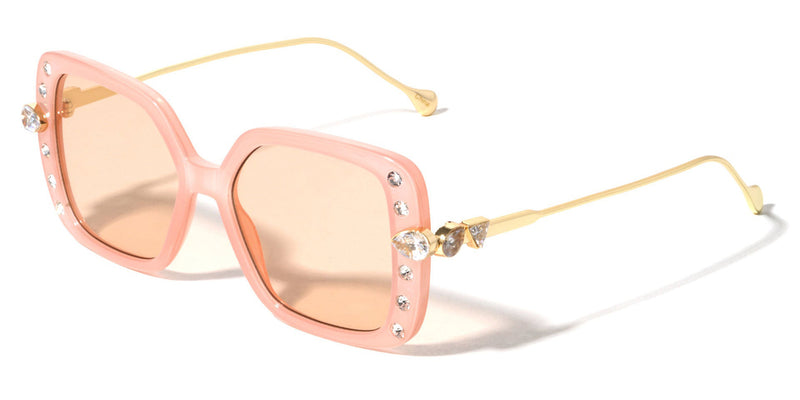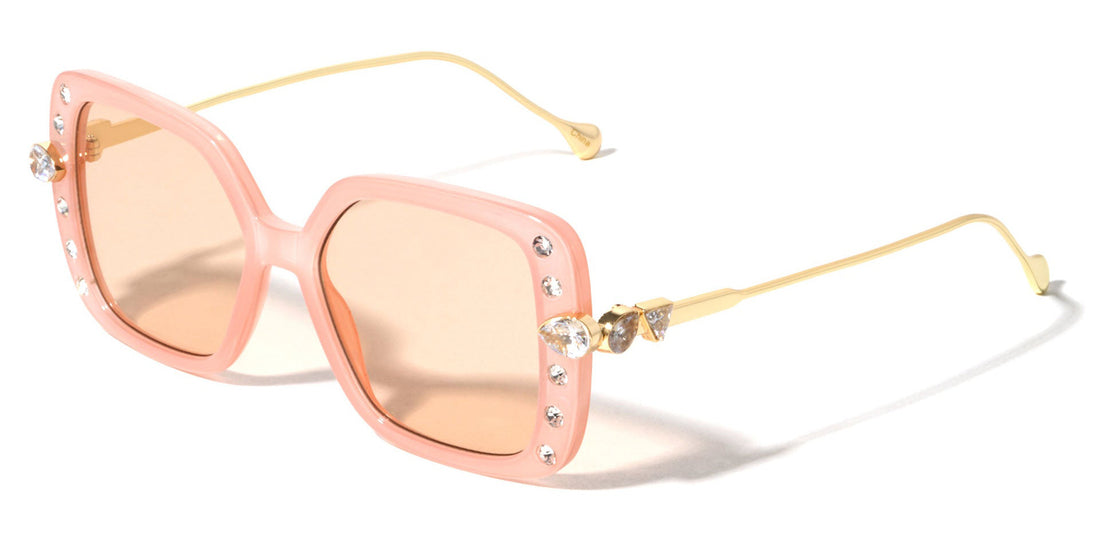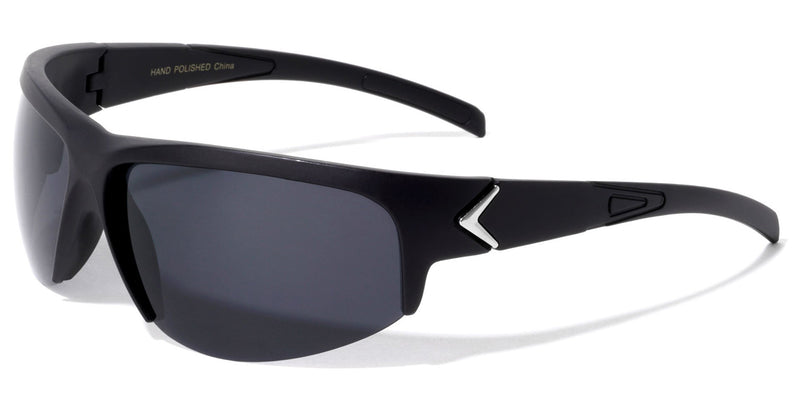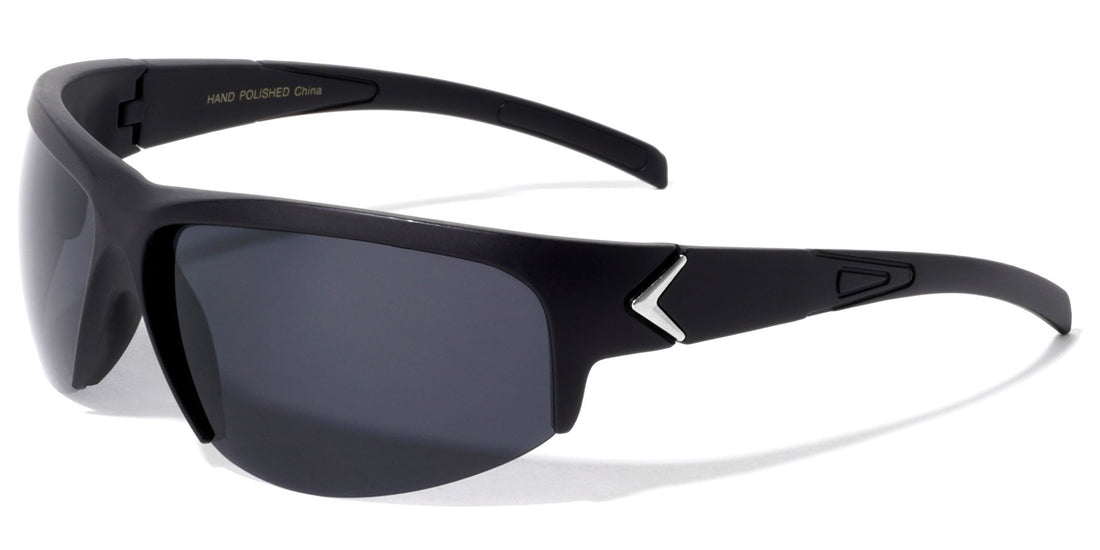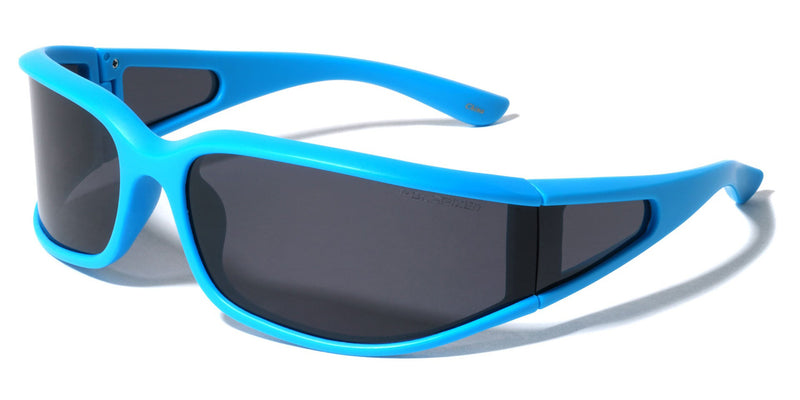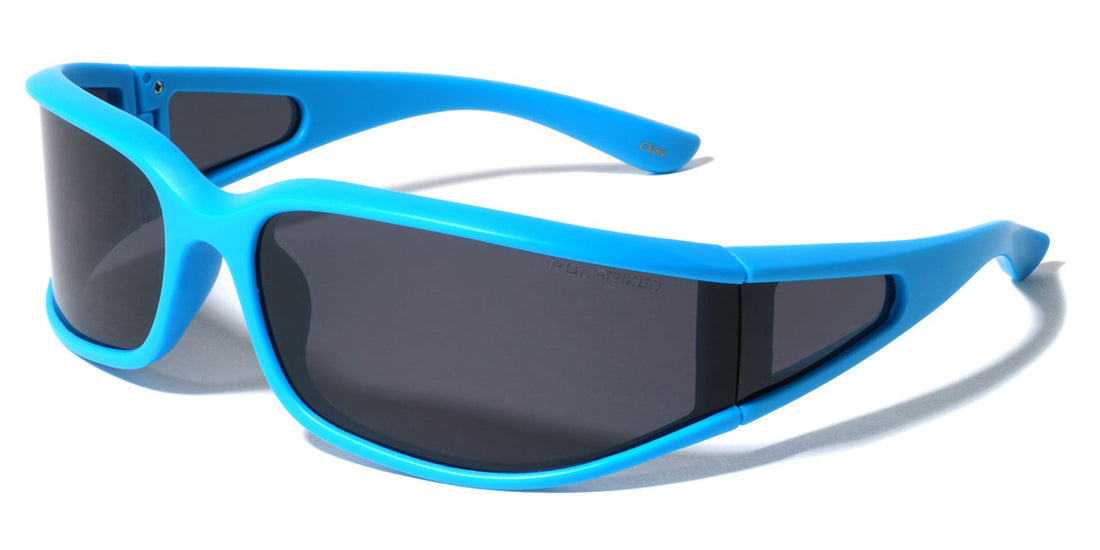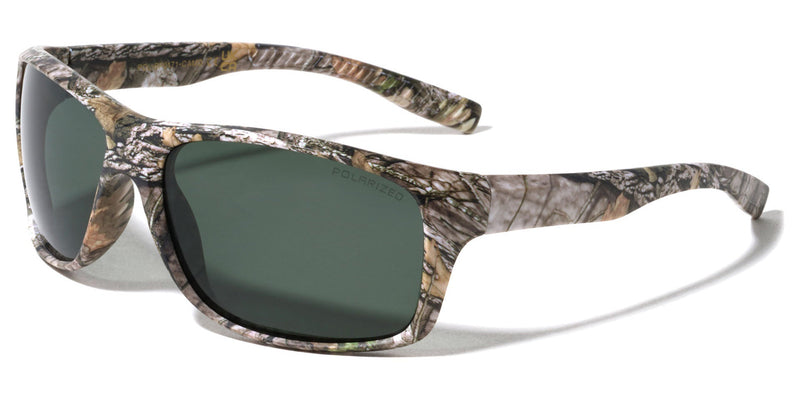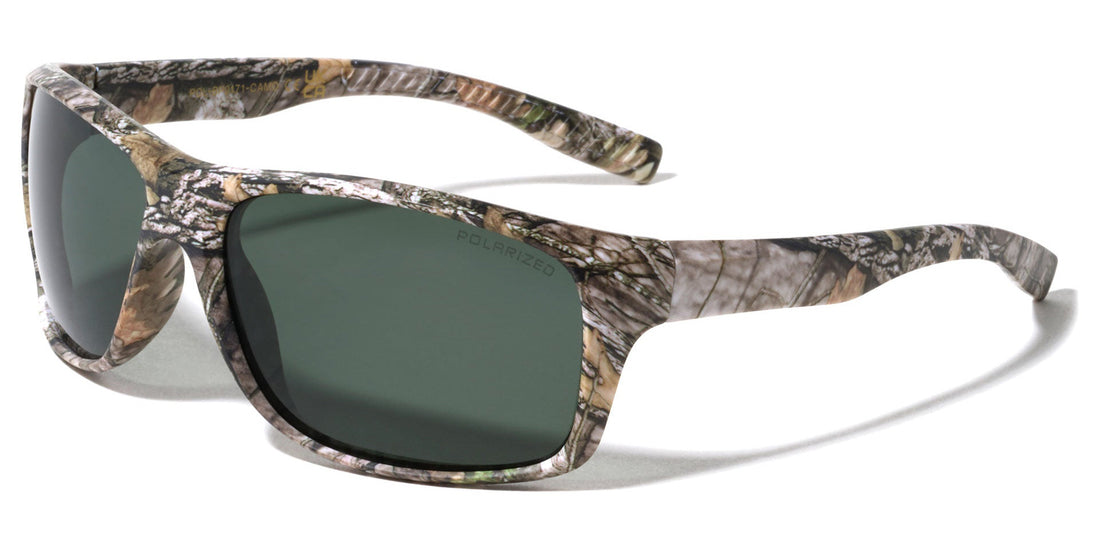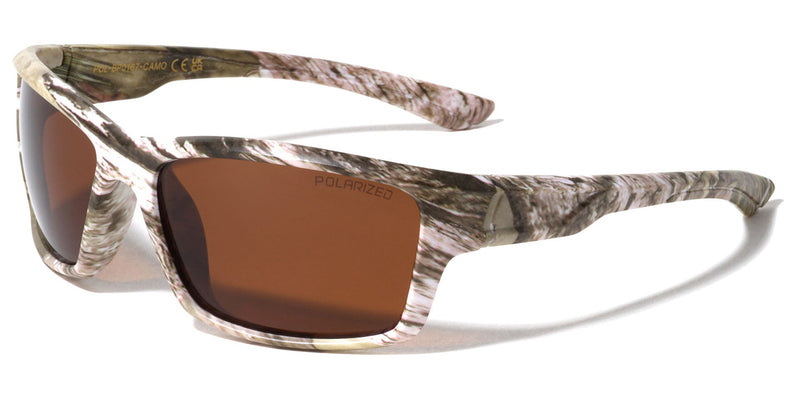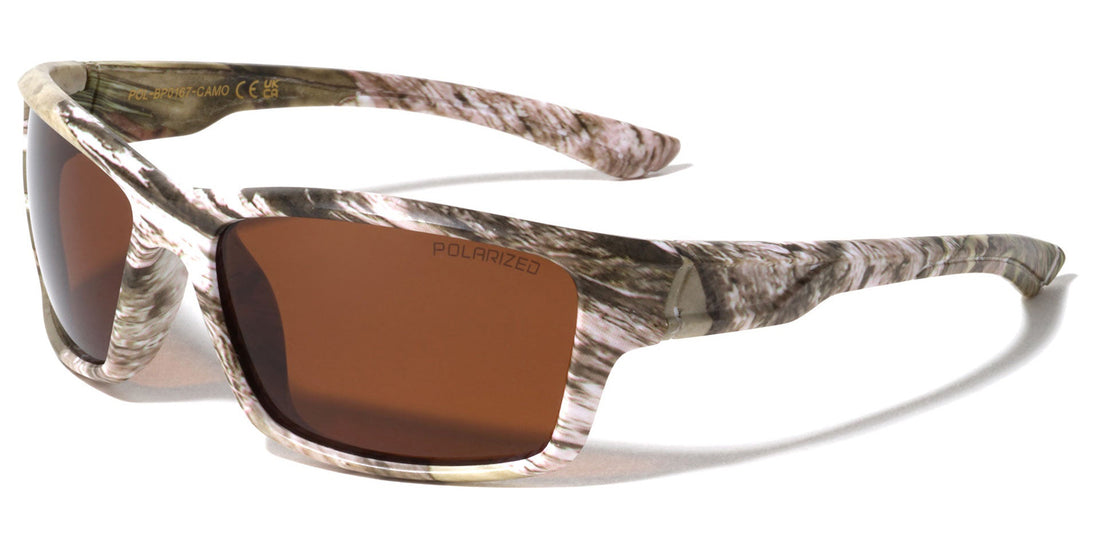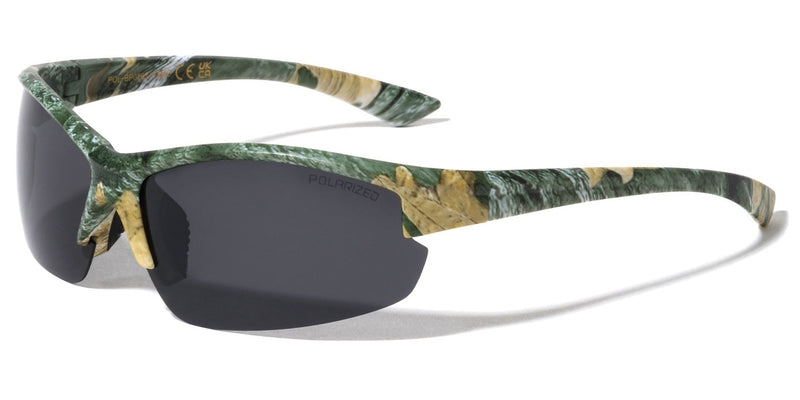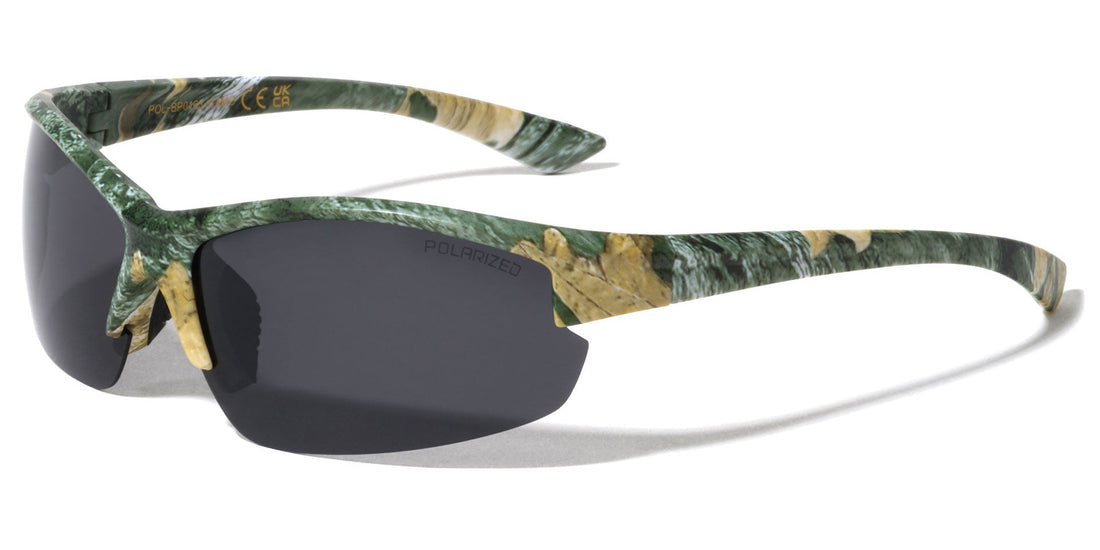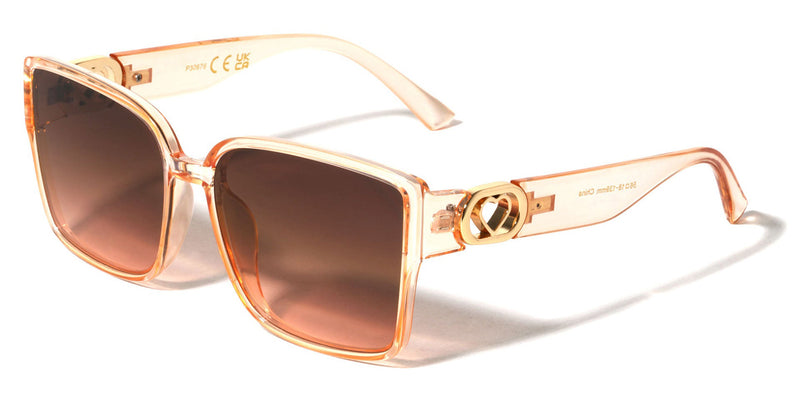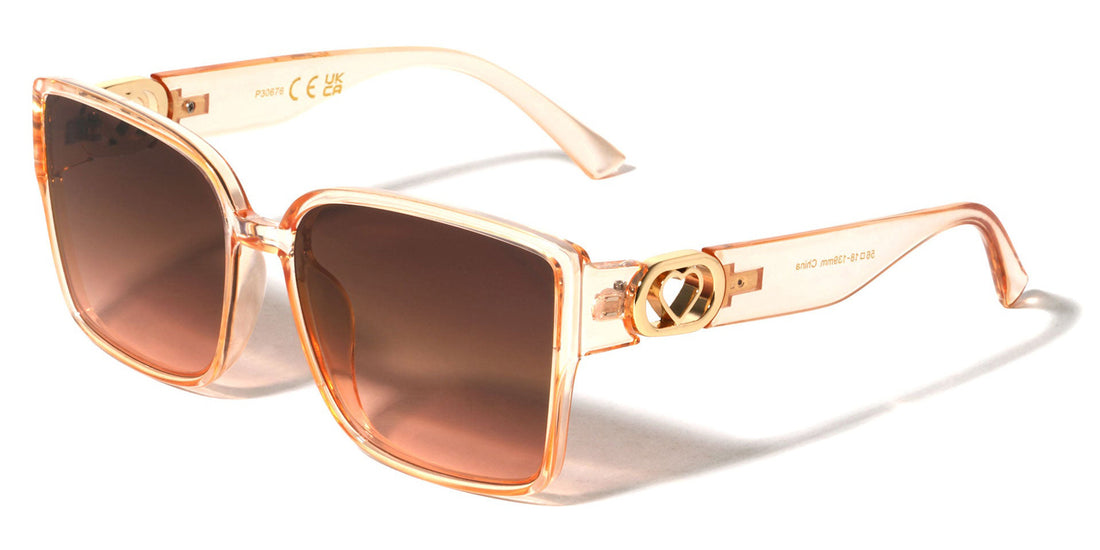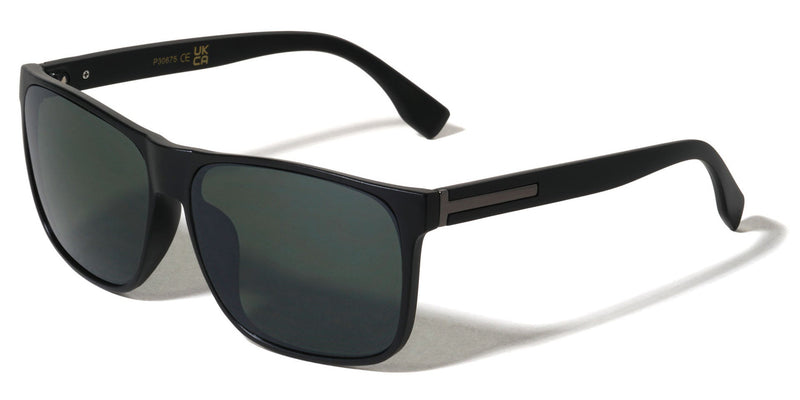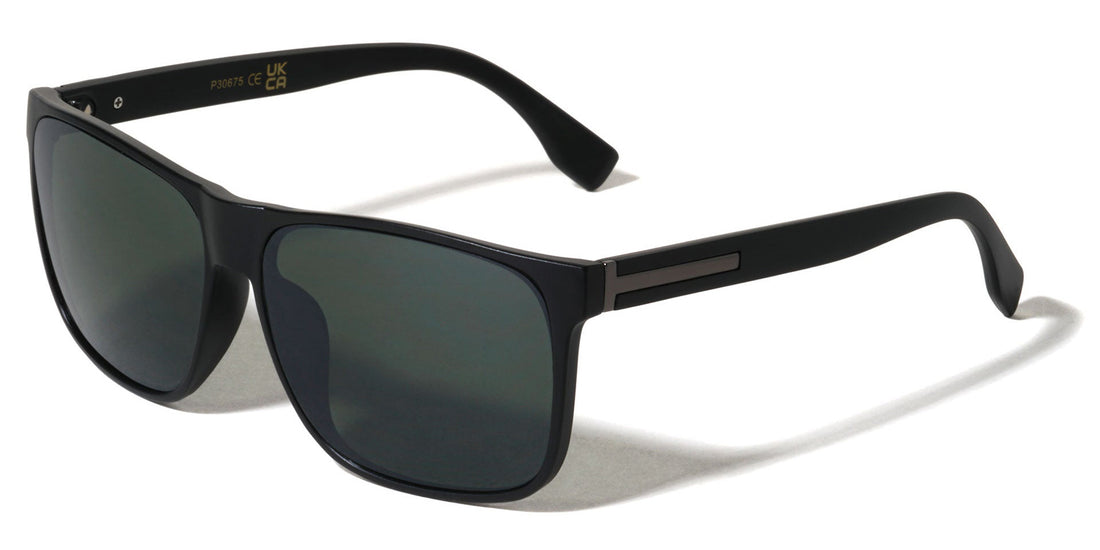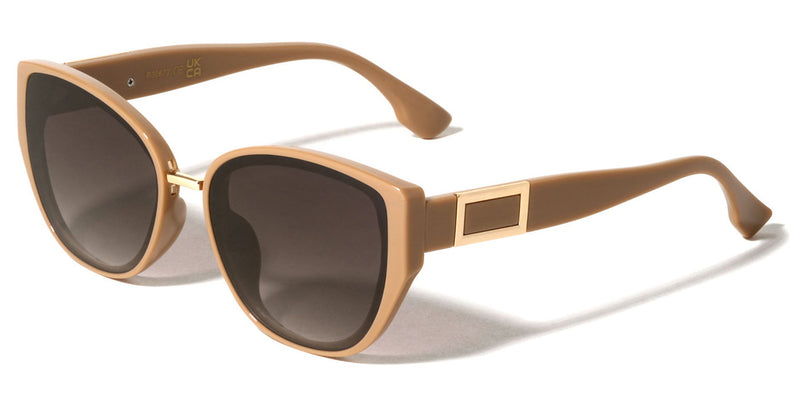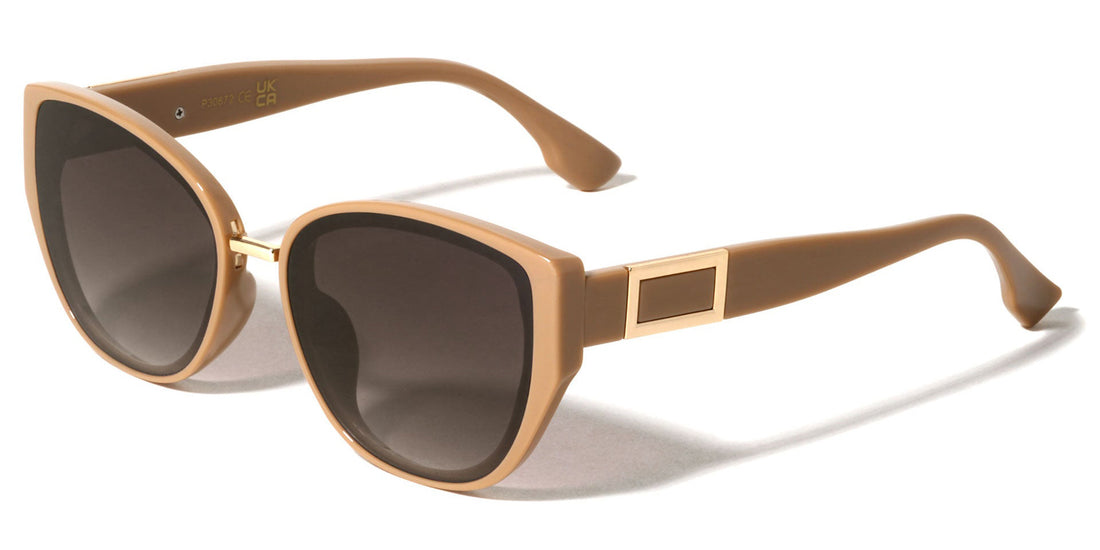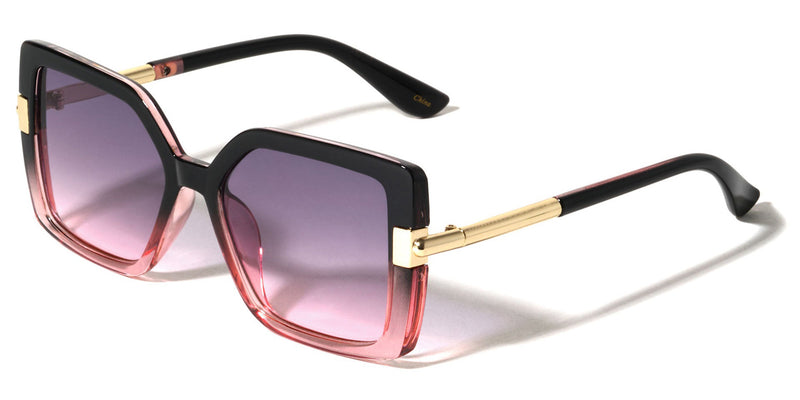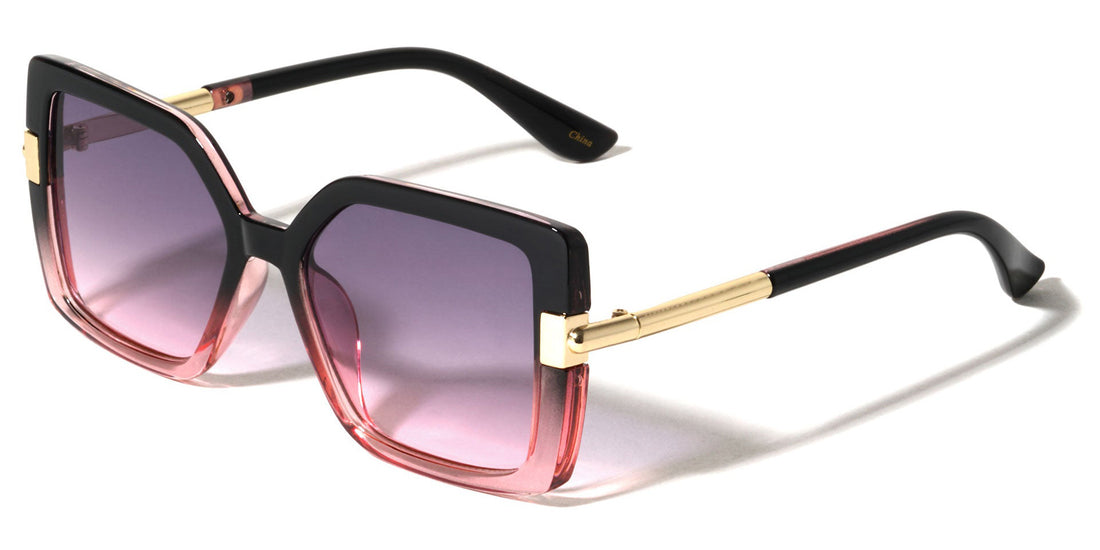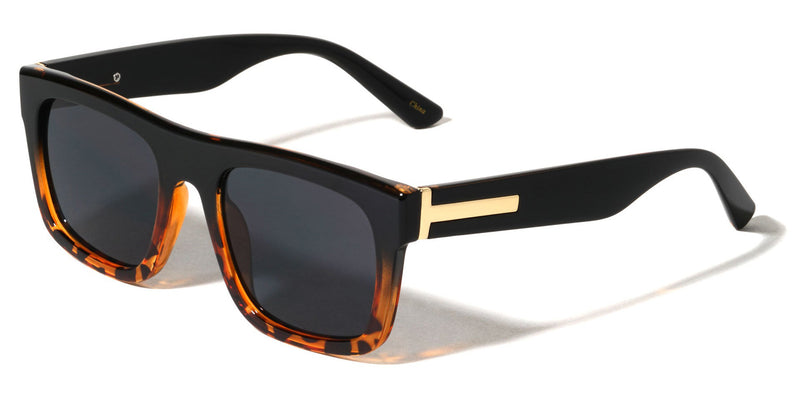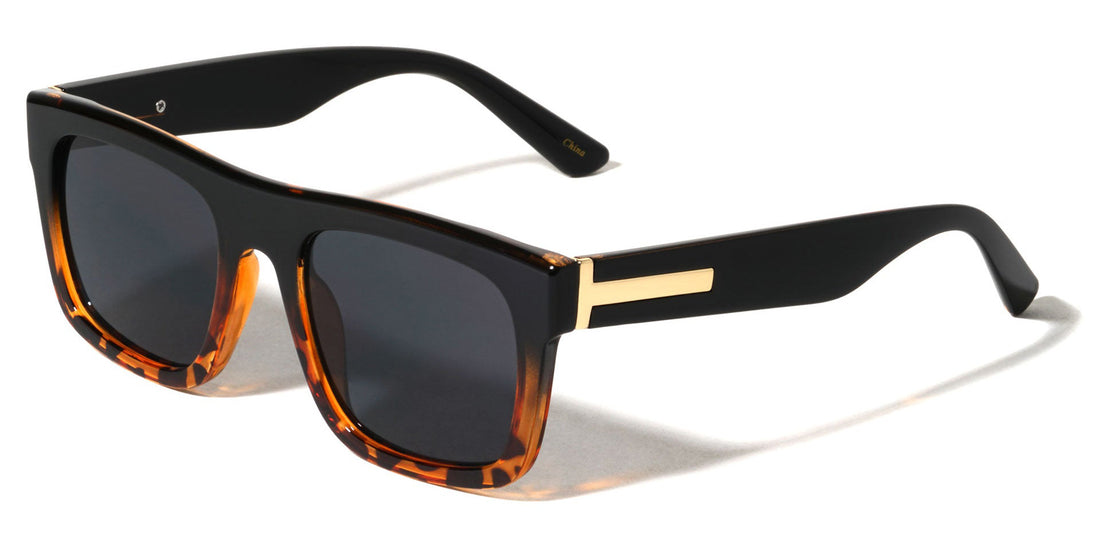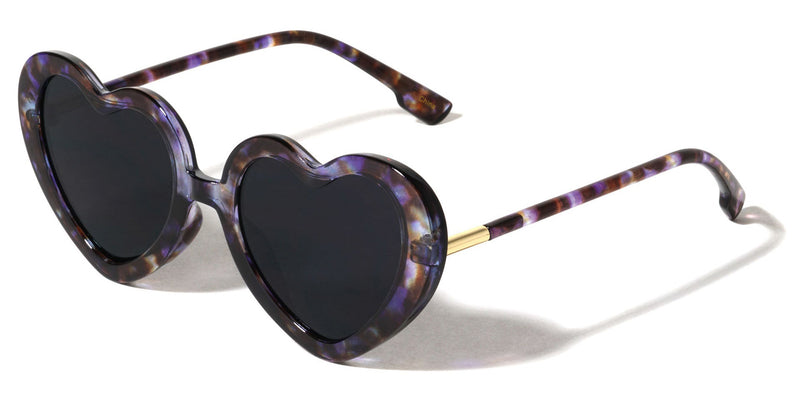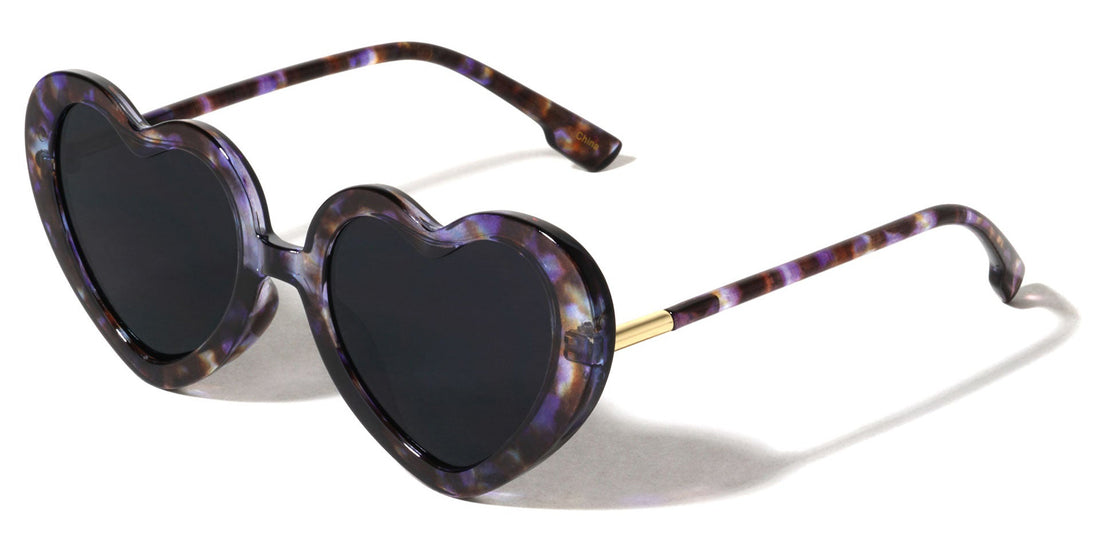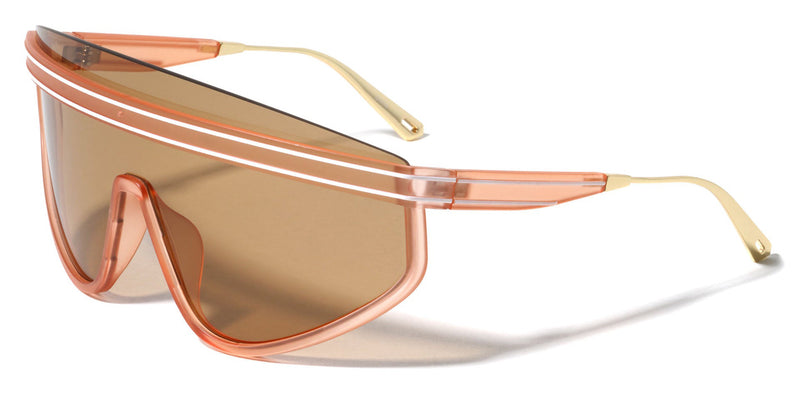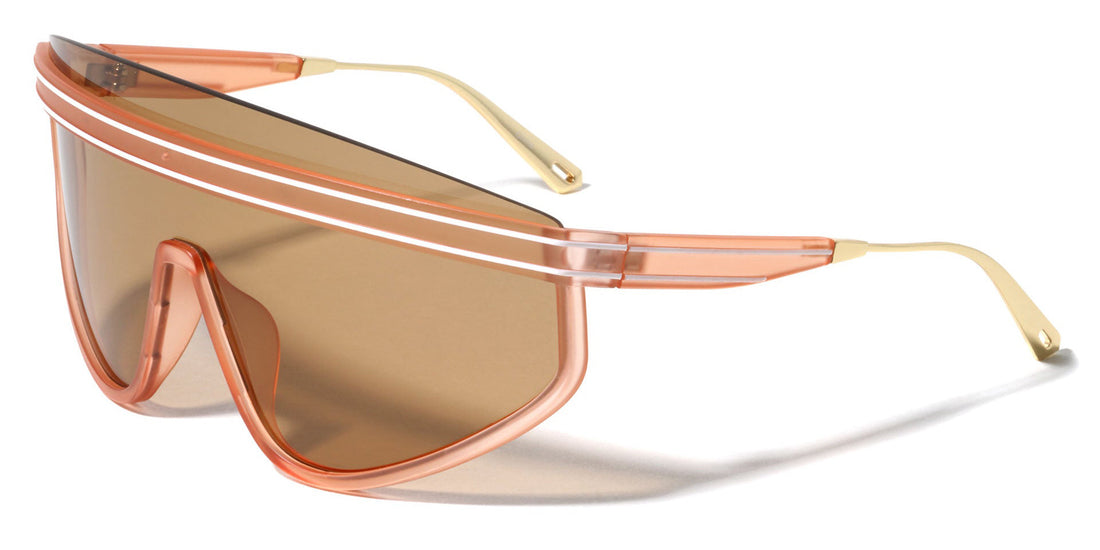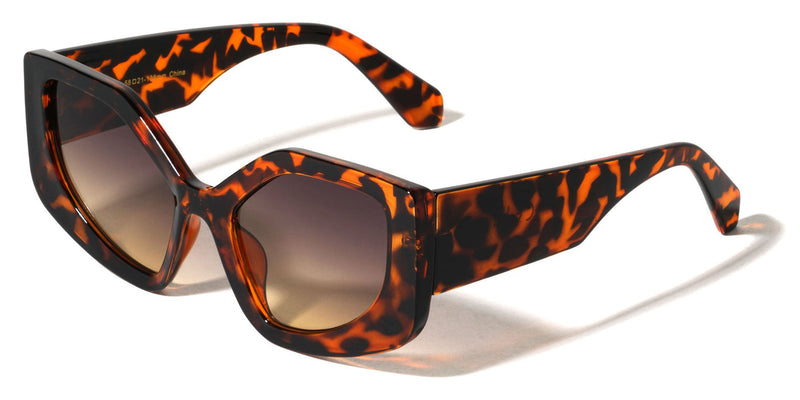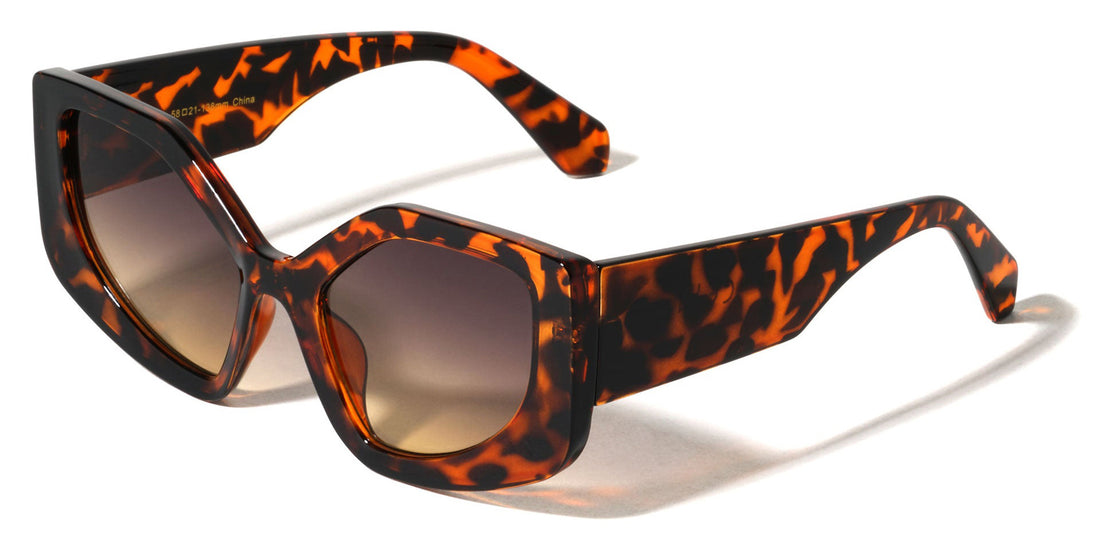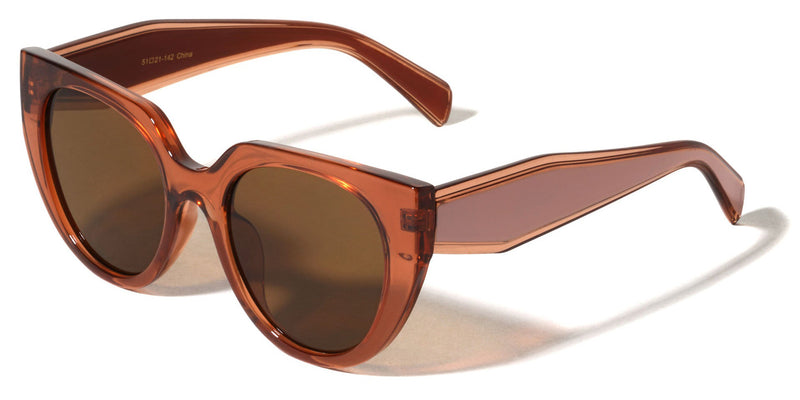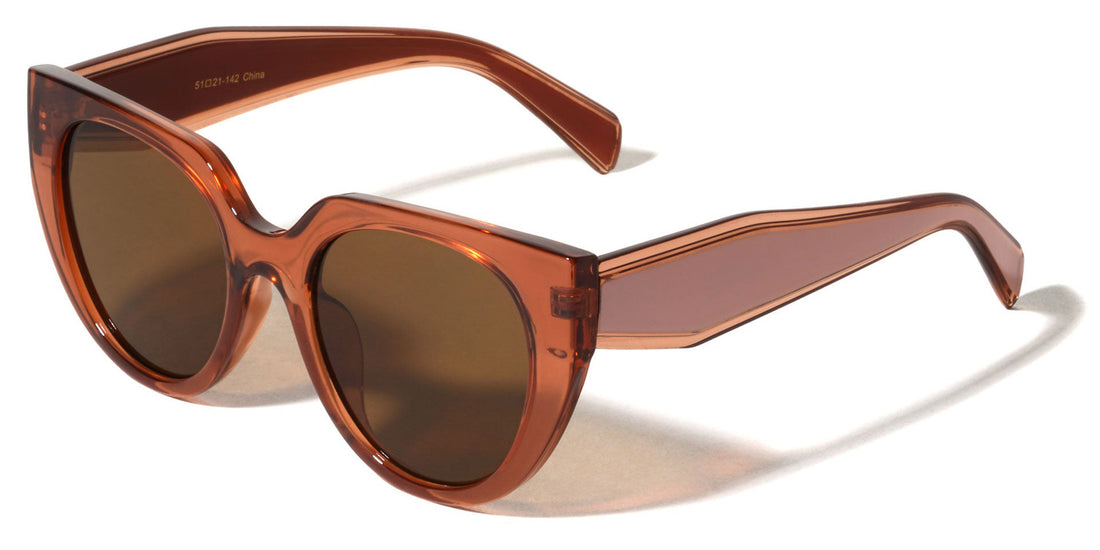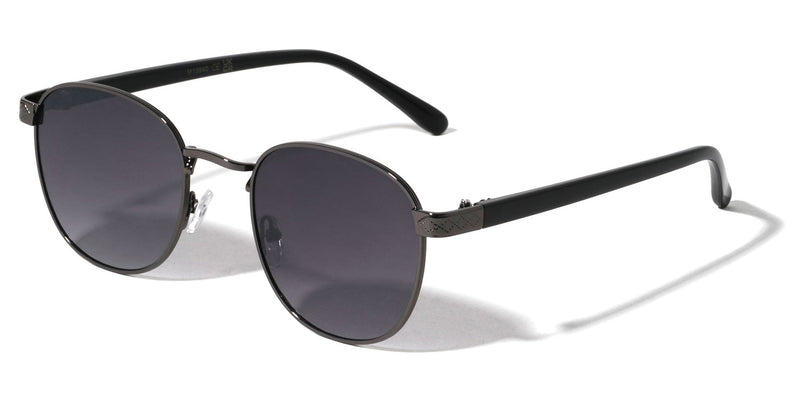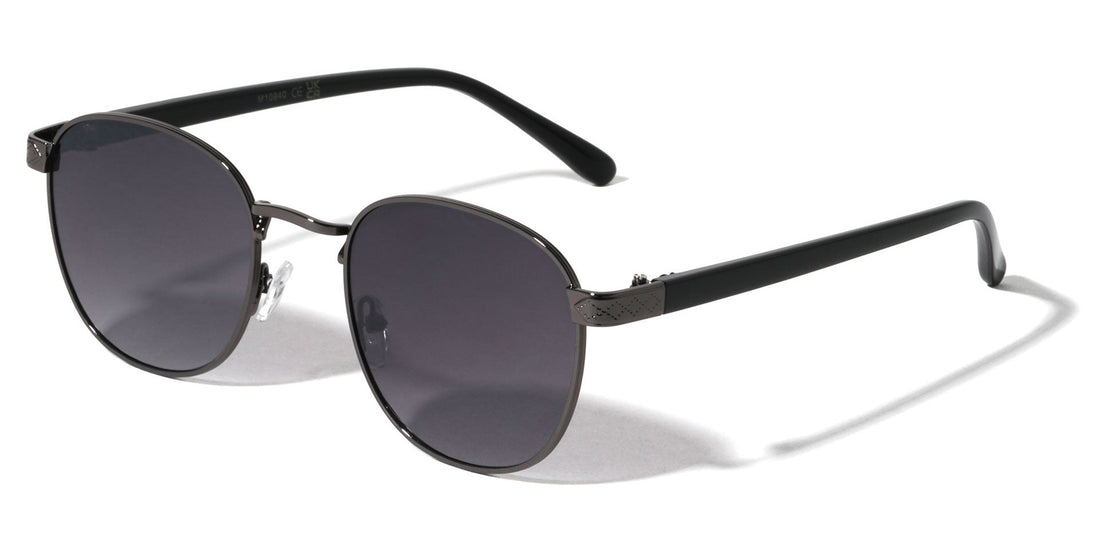Snow conditions and Weather
Goggles offer protection from wind that blows into the eyes. Not only does high-speed wind affect your visibility, but it will make your eyes tear. Icy snow flying up into your face could also pose some risks or discomfort. The cold, which may be moderate to biting can make exposed areas of your skin feel as though they are going to freeze. Ski goggles provide a measure of warmth over the eyes; broad ski goggles provide warmth over surrounding areas of the face.
Sun
Skiers need to protect their eyes from harmful UV rays just like anyone else who plans to spend long hours in the sun. But skiers have to make extra considerations because UV rays actually pose greater risks at higher altitudes. The higher up you go on a mountain, the thinner the air gets, the more intense the exposure. Additionally, the sun against the snow can make the snow glare intensely, making bad for your eyes.
Visibility
Goggles are made with visibility in mind. The ability to see clearly while on the snow-covered slopes is extremely important to the serious skier. Goggles come with different tints that adapt to different conditions. For example, yellow-tinted lens can help a skier see bumps more clearly and also brings out shadows. Dark brown lens tend to give greater contrast – so do green lens. Rose and rose copper lens can help with depth perception. Many skiers like to keep several different goggles that they can interchange based on need and changing conditions.
Olympic Eyewear has a diverse collection of ski goggles that will suit most skiers. The goggles, like our bulk sunglasses, are offered at wholesale prices and come in sets of 10 or a dozen. Some goggles are available in a variety of colors. Olympic Eyewear is always seeking to improve its collection of wholesale designer sunglasses and goggles. Currently, some of our goggles feature Soft Touch Frame, Chrome Plated Frame, Revo Lens and Thick 1.1mm polarized lens.




